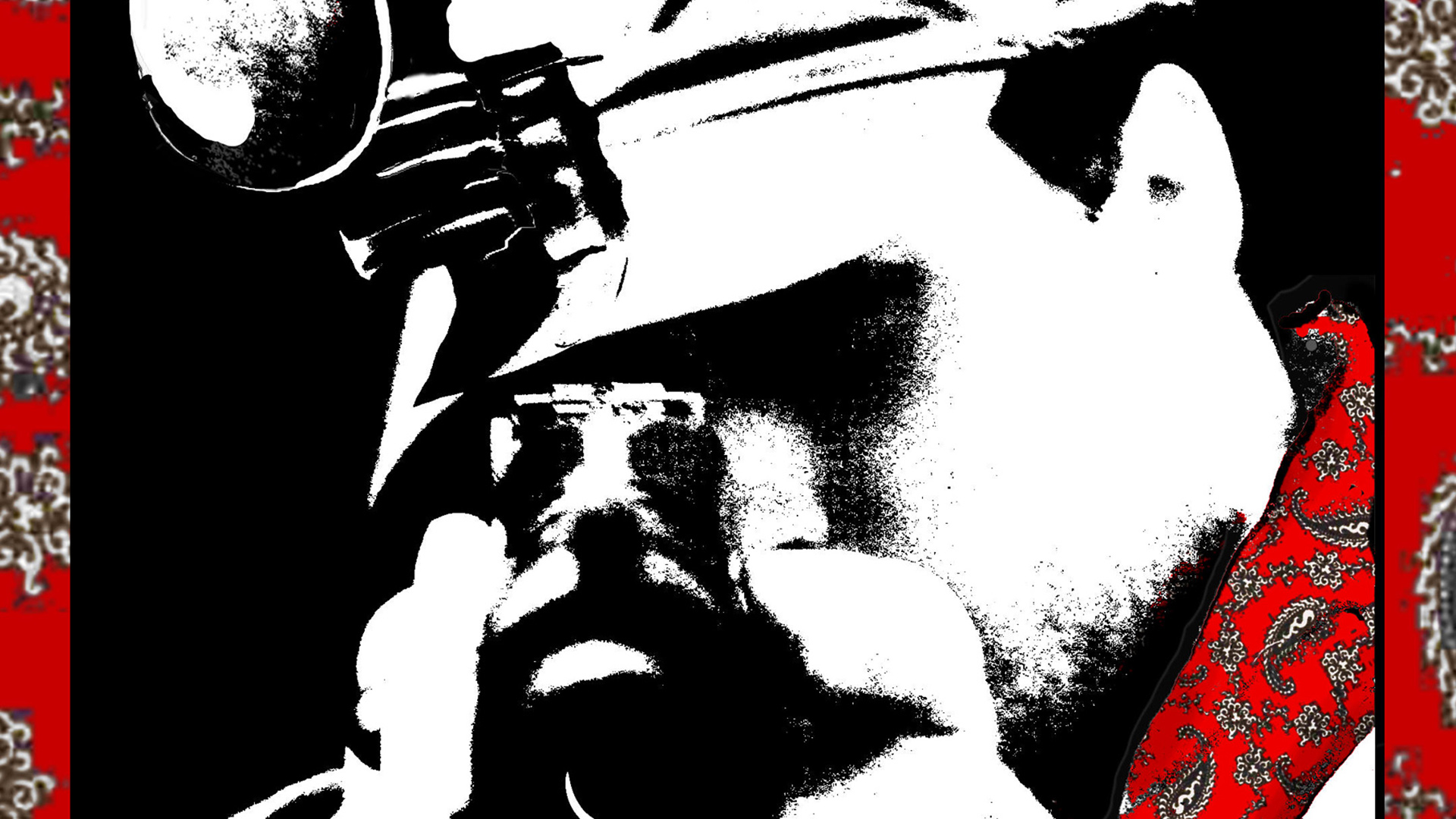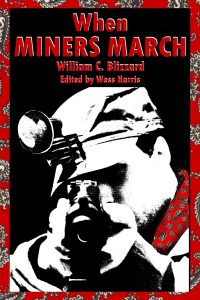By Peter Slavin
Appalachian Journal: A Regional Studies Review
VOLUME 39, NOS. 3 & 4 (SPR/SUMMER 2012)
Few significant episodes in American history have been as lost to the nation’s memory as the West Virginia Mine Wars of 1920-21 and its climactic event, the Battle of Blair Mountain. The ruthless oppression of coal miners and the United Mineworkers of America by the coal industry, backed to the hilt by state and local authorities, led to a decade of violence and finally armed revolt by the Red Neck Army, some 10,000 bandana-clad miners. Their armed march to bring their union to tyrannized fellow miners and their fight on Blair Mountain against a paramilitary force defending the status quo was quelled only when thousands of federal troops intervened. The miners’ leaders were charged with capital crimes and put on trial. (None were convicted.)
Front-page news across the country at the time and the subject of congressional hearings, the Battle of Blair Mountain and the trials were all but forgotten, helped by the fact that the West Virginia authorities kept any mention out of the state’s textbooks for decades. After all, they had been on the wrong side of the greatest insurrection on American soil since the Civil War. But in the last few years, the Mine Wars have reemerged.
First, a group of historians and UMWA President Cecil
Roberts leveled harsh criticism at the West Virginia History Museum’s
coal displays, including a misleading account of what led up to the
Battle of Blair Mountain. Second, a fight has been raging over whether
or not to place the Blair Mountain battlefield on the National Register
of Historic Places, as a way to honor it and protect it from mountaintop
removal mining. Preservationists, environmentalists, and labor
historians have squared off against coal companies and state and federal
authorities over the battlefield’s fate. Finally, in June of 2011,
hundreds of people, banners aloft, marched 50 miles during six days
along the route the miners took to Blair Mountain in 1921, urging that
the site be saved, and 800 rallied high on the mountain.
When Miners March
is the sweeping and heavily documented account of the Mine Wars from
the governor’s mansion to coal tipples as portrayed by the son of Bill
Blizzard, the leader of the Red Neck Army-all told as the miners saw it.
There is no pretense of impartiality. Coal miners, the author notes,
were “the victims of exploitation, cruelty, bad working conditions,
miserable pay, and murderous treatment if they dared protest.” The book
first appeared in the 1950s as a series of newspaper articles, and the
style is old fashioned, but the writing is full-bodied and biting, with
humorous jabs sprinkled throughout.
William C. Blizzard, a journalist, takes us through the long and bloody history of coal in West Virginia, with stops at the UMWA’s first struggles, the fierce strike at Paint Creek and Cabin Creek, World War I’s impact on coal, the shootout at Matewan and Sid Hatfield’s assassination, the Armed March, Blair Mountain, the trials, and the aftermath. In one county, we find “Some 2,800 miners . . . locked out of their jobs and thrown out of their homes . . . nearly, 10,000 men, women and children were living in tents and shacks while the coal companies attempted to starve them into submission.” We see the armored train known as the Bull Moose Special firing machine guns into tents holding evicted mining families. We find martial law and drumhead courts.
We observe the scheming of C.E. Lively, the company spy who plotted Hatfield’s murder and helped execute him. We learn the lengths to which coal operators and government leaders were willing to go to break strikes and defeat the UMWA: employ hired thugs, court injunctions, and scabs, and call in the National Guard. We find men arrested for reading The United Mineworkers Journal. Like today, we see coal operators controlling the machinery of the state, including the courts, and using it to subdue miners who fought back.
This is the second edition of When Miners March.
It is more professional in many ways than the original, containing a
rare biographical sketch of Bill Blizzard, an expanded Foreword and
Acknowledgments, blurbs from historians, and color photographs, as well
as something as basic as a Table of Contents. Even the cover art is much
improved.
When Miners March shows us how far West
Virginia has come from those brutal days. And yet, are things that much
better? Today, most of the state’s miners are non-union, and their
families support the coal companies that give them a paycheck. Mining
abuses are still common, but resistance now comes far more from a
minority of residents and environmentalists than from the UMWA, whose
heyday is long gone. The coal companies and the state have generally
replaced violence with political power, but they still play hardball and
win far more battles than they lose.
Peter Slavin
Freelance
journalist Peter Slavin has been doing feature and investigative work in
Appalachia since 1995. His latest article in Blue Ridge Country
profiles Bill Blizzard, the miners’ general at Blair Mountain.







